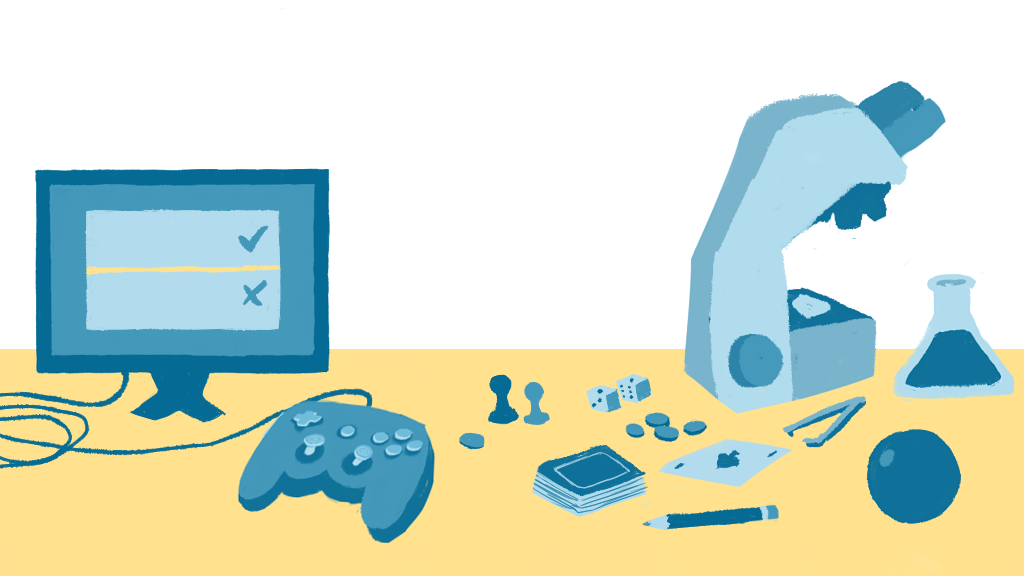Student Post: Morgan Rogers

All throughout school, we played various online and in-person games related to the content that we were learning, but it wasn’t until now that I realized the true meaning and purpose behind all of these games. While we as students felt like we were doing something fun and interacting with our peers, our teachers were gaining valuable information on what we understand and how we interact with others. I remember playing lots of math-based games in elementary school, and that our scores would then be sent to the teacher's account or the teacher would walk around the room taking time to watch what each of us were doing.
Into middle school and high school, we played games such as Kahoot and charades to show our understanding of concepts in a not-so-stressful manner. One thing I have really enjoyed seeing during my educational career is the use of board games and other in-person games to teach skills and check for understanding in early childhood and preschool classes. Math games, reading games, memory games, cooperative games, waiting games, and many more, all help young students develop skills and show their grasp of various age-appropriate concepts in an exciting way. Using games for assessments and evaluations also allows students to take control of their own learning and education. When utilizing games as assessment tools, students should do the following three things:
1. Be working towards creating a product or solving a problem.
2. Be questioned to engage them in the activity and check for specific areas of understanding.
3. Be asked to track their moves and work so that the teacher can see a map of their thinking.
After utilizing games as assessment tools, a teacher could extend the lesson and see further understanding and processing by asking students to modify a game, create their own game, or write a strategy guide to an existing game.
Comments
Post a Comment